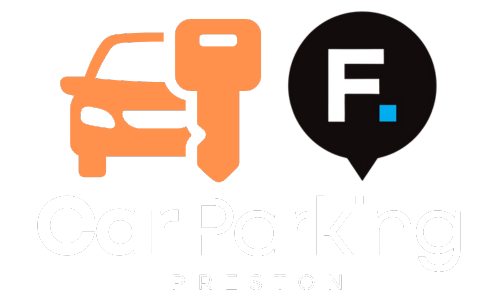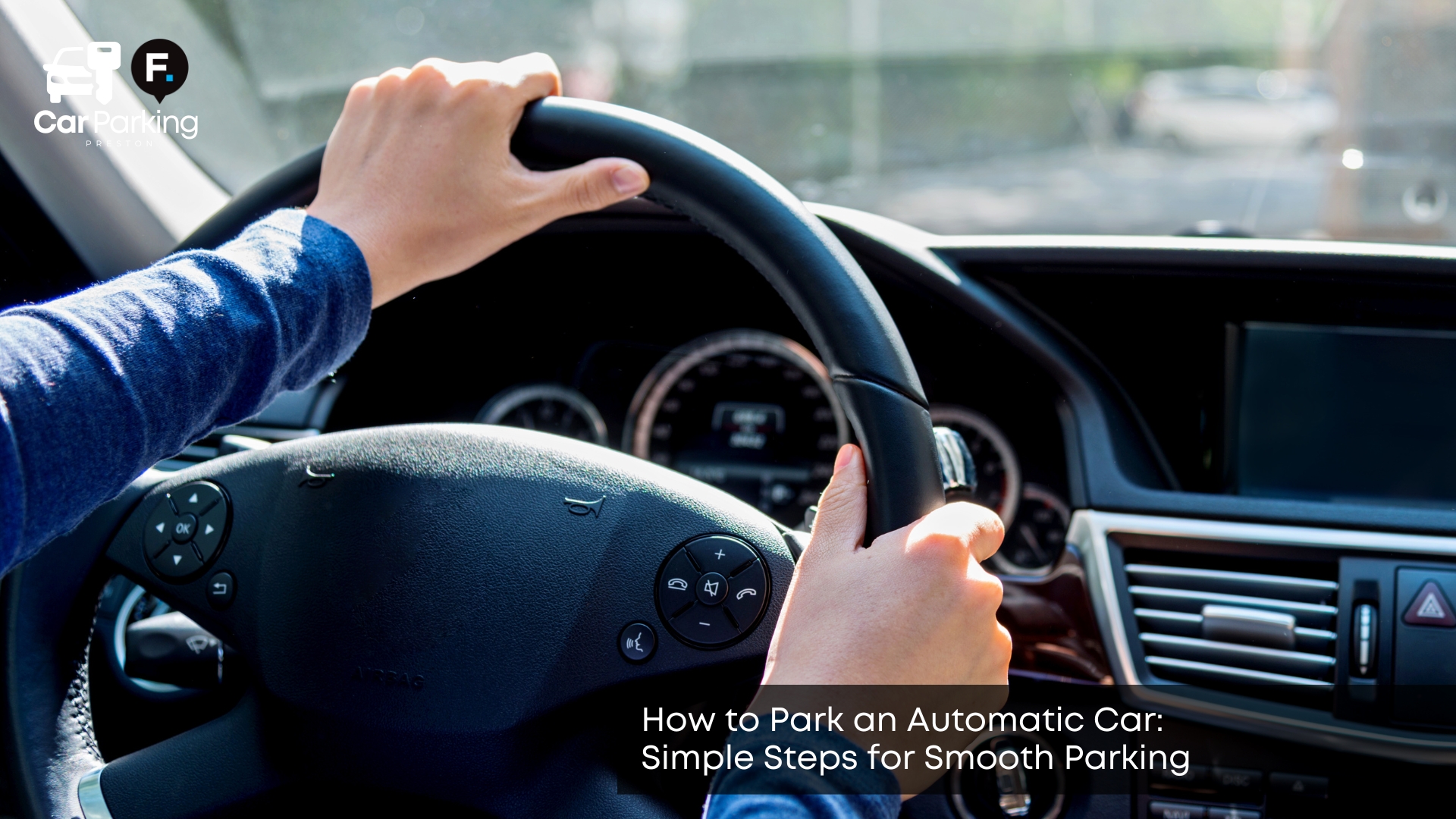Parking an automatic car can feel much easier than a manual, but it still requires technique and a calm approach. Whether you’re a new driver or just unfamiliar with automatic vehicles, knowing the right steps can make all the difference. With the help of modern tools like sensors and cameras, parking doesn’t need to be a source of stress. This guide will show you how to handle everyday parking like a pro. First, let’s look at how automatic parking differs from manual driving.
What Makes an Automatic Car Different?
Parking an automatic car is different because you don’t need to worry about clutch control or gear shifting. The car moves forward or backwards smoothly with gentle pedal pressure. This gives you more focus on steering and positioning. Without the need to coordinate both feet, your hands can remain steady on the wheel. That control becomes useful when lining up for a tight space or reversing into a bay.
Is There a Right Way to Position Your Car Before Parking?
Yes, there is a right way to position your car before parking, and it starts with choosing the right angle and checking your surroundings. Align your vehicle parallel to the space, keeping a safe distance from other parked cars or obstacles. Use your indicators early and reduce speed gradually. Positioning early helps you enter the space in a single, smooth movement. This positioning step also sets you up for easier reverse or bay parking.
What Steps Should You Follow to Park in a Bay Smoothly?
To park in a bay smoothly, follow these steps:
- Signal early and reduce speed.
- Line up your car roughly two bays away from your target space.
- Turn the wheel fully towards the space as you move slowly.
- Use your mirrors to stay within the lines.
- Straighten the wheel as you centre the car.
- Come to a complete stop, then shift to park and apply the handbrake.
- These steps help keep your movements controlled and reduce the need for readjustment multiple times.
How Do You Reverse Park Safely with an Automatic?
You reverse park safely in an automatic by shifting into reverse, easing off the brake, and steering slowly while checking all mirrors. Use your left mirror to guide the rear wheel into the space, and your right mirror to judge the spacing from the next car. If you’re unsure, pause and check your angles before making any adjustments. Automatic cars provide smooth and steady movement, making them perfect for reverse manoeuvres. Once you reverse with control, the next step is learning to use your tech tools.
Can You Use Parking Sensors and Cameras to Help?
Yes, you can use parking sensors and cameras to help, and they often make a huge difference in tight spots. Sensors alert you with beeps when you’re too close to something, while cameras give you a live view of your surroundings. Many automatic cars come with both, and some even guide you with screen markers. These tools don’t replace your mirrors but act as a great extra layer of support. With these in place, the next step is to secure the car once it is parked.
What Should You Do with the Gear and Handbrake After Parking?
After parking, shift the gear to P (Park) and apply the handbrake to prevent the vehicle from moving. In some cars, this is done automatically, but it’s best to check before leaving the car. If parked on a slope, you might also turn the wheels towards the kerb. Always turn off the engine only after securing the car. This final step matters even more if you’re unsure how long you can stay in a car park legally. This final step in your routine is particularly helpful if you’re parking on uneven or sloped ground.
Are There Extra Tips for Parking on a Slope?
Yes, parking on a slope requires turning the wheels in the correct direction and using the handbrake firmly. When facing uphill, turn the wheels away from the kerb. When facing downhill, turn them towards the kerb. This ensures the car doesn’t roll into traffic if the brake fails. Also, don’t rely solely on the parking gear, especially for long stays. For those who need 24 hour parking options for late or long visits, these precautions add extra peace of mind. Being slope-ready adds to your confidence when practising in different spots.
How Can You Practice to Build Confidence Parking an Automatic?
You can build confidence by practising in empty car parks, using cones or marked lines to simulate real situations. Try bay parking, reverse parking, and navigating tight spaces repeatedly to improve your skills. Adjust your mirrors beforehand so you can see the car’s corners. Gradual practice helps reduce hesitation and sharpens your judgment. With experience comes a sense of calm, especially when parking becomes a regular part of one’s daily routine.
Why Does Mastering Parking Make Everyday Driving Easier?
Mastering parking makes everyday driving easier by reducing stress, saving time, and preventing common mistakes. You’ll handle busy streets and unfamiliar car parks with ease. It also helps avoid fines, scrapes, or failed attempts. Parking smoothly also builds trust, especially when giving someone a lift or sharing a vehicle. It’s the final piece that completes a confident and well-rounded driving style, especially when paired with reliable Preston parking for everyday drivers.


Leave a Reply